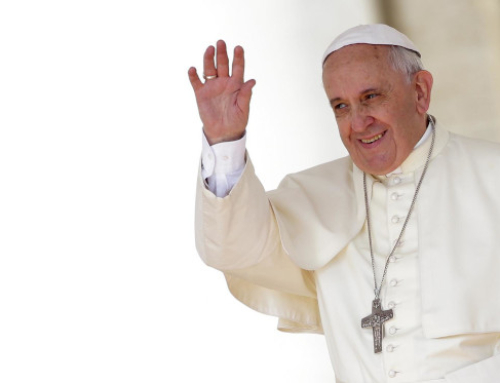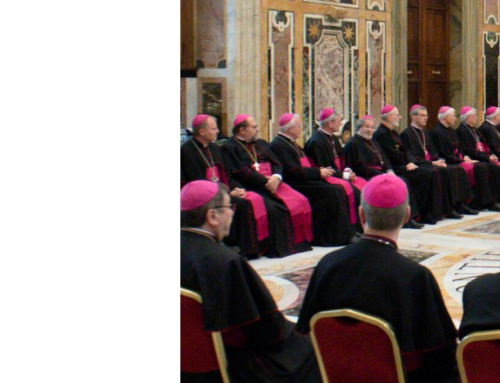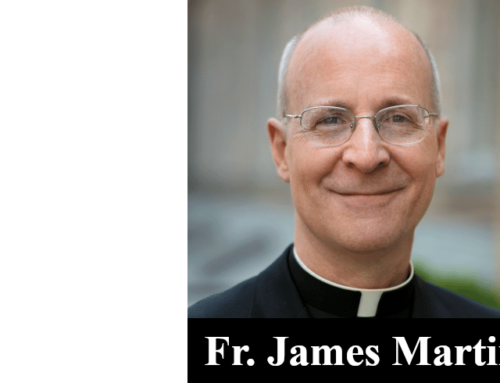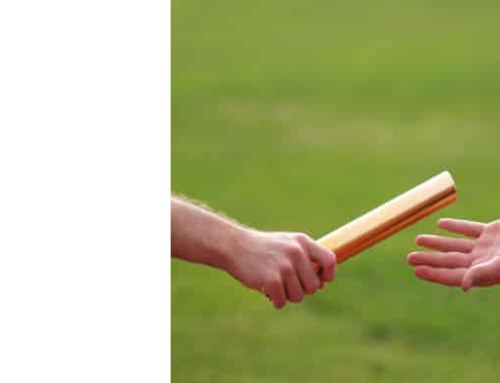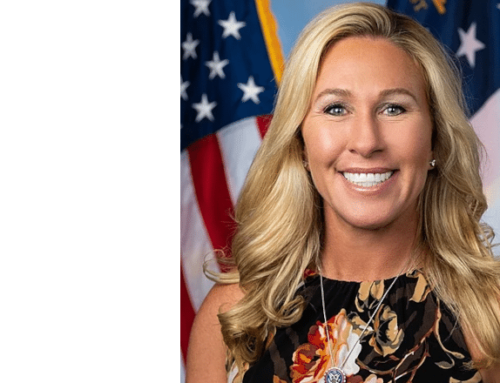Catholic League president Bill Donohue comments on the evolution of New York’s St. Patrick’s Day Parade:
Since 1762, there has been a magnificent St. Patrick’s Day Parade in New York City, drawing Irish Catholics from every county in Ireland, as well as from a host of schools, colleges, and voluntary organizations. The police and firefighters are front and center. But what was once a celebration of St. Patrick has now evolved into a celebration of the Irish.
St. Patrick is the patron saint of the Archdiocese of New York. On the morning of the march, there is a Mass at St. Patrick’s Cathedral. Until recently, few questioned the Catholicity of the parade.
No one has done more to deracinate the heritage of the parade than John Lahey, the president of Quinnipiac University. An active member of the St. Patrick’s Day Parade Committee for many years—he is now chairman of the board of directors of the St. Patrick’s Day Parade, Inc.—Lahey has fought to eliminate reference to the parade’s purpose of honoring St. Patrick. He has also fought to end the requirement that the parade’s leadership be of Irish descent and Roman Catholic.
In the name of inclusion, Lahey pushed for a homosexual group to march in the 2015 parade. But he made sure that his idea of inclusion did not extend to pro-life groups. Now this aspect of the parade is back in the news.
In the March 14 edition of AM NY, reporter Mike Vogel writes that in 2015 a gay group was allowed to march under its own banner for the first time. “While some hailed the decision,” he writes, “others grumbled, including Bill Donohue of the Catholic League who called it ‘contemptible.'” He then says the parade “continues to become more inclusive, despite complaints from those for whom tolerance seems to be a dirty word.”
Vogel is a dishonest man. Here is what happened.
In 2014, I was assured by the late John Fitzsimons of the parade committee that if I agreed to allowing a gay group to march under its own banner, a pro-life group would be invited to march under its own banner as well. Gays and pro-life men and women had always marched in the parade, but not as separate units.
Fitzsimons came to me first because I had been the unofficial spokesman for the parade for two decades. As I told the media many times, the march is no more anti-gay than it is anti-life. I even went on radio inviting gays to march with the Catholic League contingent.
As it turned out, Fitzsimons lied. No pro-life group has ever been allowed, though several applications have been made. That is why I pulled the Catholic League contingent from marching in the parade. Being double-crossed by another Irish Catholic, a man whom I regarded as a friend, is not something I will tolerate.
Vogel knows what my position is but chose to imply that I am intolerant. The quote where I said it was “contemptible” to allow a gay group to march under its own banner was taken from an AP story on March 17, 2016. The next sentence in this story is what Vogel conveniently ignored. “The group [Catholic League] stopped marching last year, saying it was unfair of organizers to open the parade to a gay group but not to an anti-abortion one.”
This year’s parade is showing evidence of further secularization. The Grand Marshal is Loretta Brennan Glucksman, a woman with strong Irish credentials, but no Catholic ones. Indeed, she is an ex-Catholic. “I don’t pray, I don’t go to church, and I don’t do any of those rituals that once were such a core part of my life,” she said recently. So fed up with the Catholic Church is she that she took off her miraculous medal in the 1980s when she married Lew Glucksman. Lahey must be delighted.
Those who march in New York’s St. Patrick’s Day Parade are great people. They deserve better.



